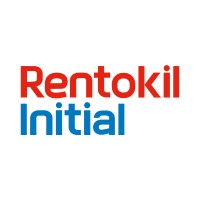
Rentokil Initial
Rentokil Initial plc employs 62,900 people across 90 countries - offering the experience and expertise of a multi-national organisation, whilst delivering services with the agility and characteristics of a local business. As world leaders in Pest Control and Hygiene & Well-being services, we deliver services that protect people and enhance lives, to commercial and private customers worldwide. Rentokil Initial plc is listed on the London Stock Exchange (FTSE 50).






